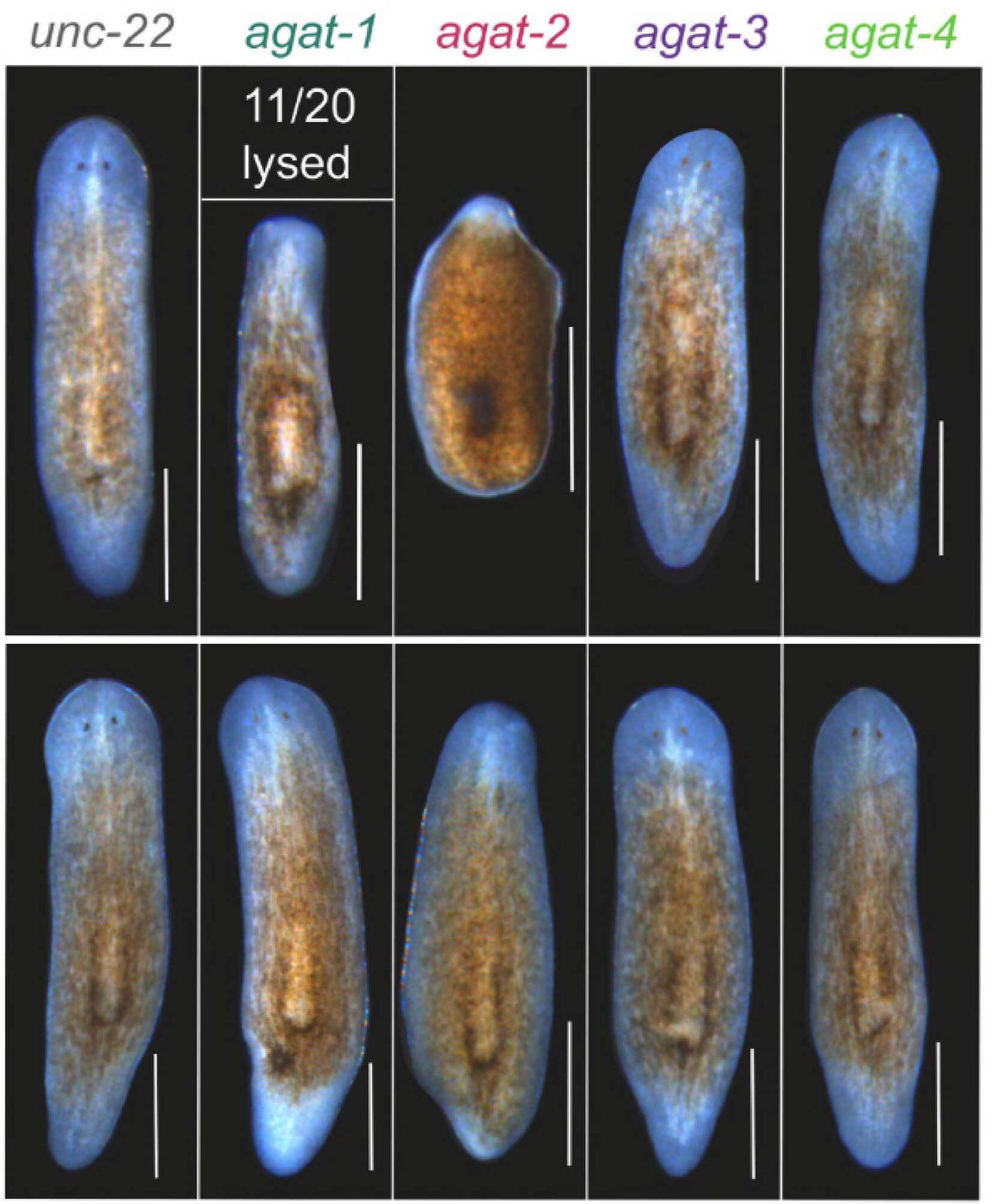By Cathy Yarbrough
Stacey Hanlon, PhD, came to Stowers in October 2014 as a postdoctoral researcher to follow up on intriguing findings from the lab of Stowers Investigator Scott Hawley, PhD, where his team had discovered B chromosomes in a laboratory stock of the fruit fly Drosophila melanogaster.
B chromosomes are extra chromosomes that are carried in addition to the normal complement of chromosomes, or A chromosomes, that supply the essential genetic material required for an organism’s growth, development, and reproduction. Typically, B chromosomes lack protein-coding genes, are small, and arise from A chromosomes.
First described over a century ago, B chromosomes have since been identified in a wide range of animal and plant species. However, their occurrence in the Hawley lab’s stock of D. melanogaster provides the first opportunity to investigate these nonessential chromosomes in an established model organism for which a wealth of genetic and molecular tools already is available.
Since joining Hawley’s lab from the University of California at San Francisco, where she earned a PhD in biochemistry and molecular biology, Hanlon has subjected D. melanogaster B chromosomes to extensive molecular analysis. “We want to know how B chromosomes arise, and what it takes to stabilize and maintain them through multiple generations,” she says.
The results of Hanlon’s studies may improve scientific understanding of other extra chromosomes, including the small supernumerary chromosomes that have been linked to various human syndromes, intellectual disabilities, and infertility. “The gain of just a small part of a chromosome can negatively impact human health in ways we do not fully understand,” she says.
In the December 2018 issue of Genetics, Hanlon and her Stowers collaborators reported their research findings thus far. Among the key results is the deep sequencing of the D. melanogaster B chromosome, which confirmed that it carries no known protein-coding genes and revealed the presence of a previously uncharacterized unique repetitive sequence. Based on cytological examination of this repetitive sequence, evidence points to chromosome 4 as the origin of the B chromosome.
When not investigating B chromosomes, Hanlon relaxes with other postdocs as well as predocs and research technicians. “I enjoy taking part in the vibrant Kansas City culture with Stowers colleagues who have become good friends,” she says. “Whether it’s live music or just trying a new place for dinner and drinks, getting to know fellow members in a more casual atmosphere reinforces our professional relationships and makes me more comfortable to discuss new ideas and ask questions when we’re together at work.”
Hanlon also enjoys local trivia nights and engages in indoor rock climbing because “it helps to clear my mind,” she says. “I also like to go to estate sales and look for older biology textbooks. It’s really amazing how much we’ve learned in such a short amount of time!”
In fall 2019, Hanlon will apply for an academic faculty position and will continue to investigate the B chromosomes of D. melanogaster in her future independent laboratory. “I have learned firsthand how Dr. Hawley has been able to build and maintain a successful laboratory,” she explains. “He puts his lab members first—no exceptions—and is constantly thinking about our success. Specifically, he is always willing to discuss an idea or encourage a risky experiment, and knowing I have his support makes me more confident to explore new directions and push my science forward.”



